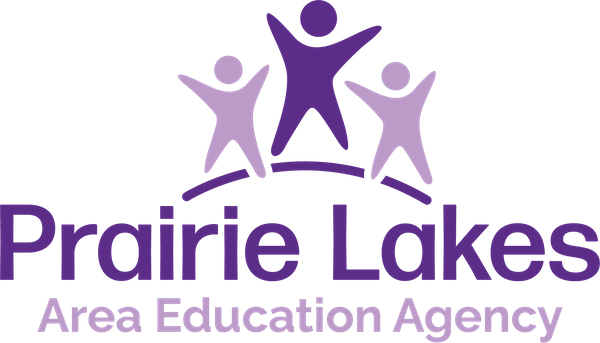Introduction to the Universal Tier Tools
This website offers an online option to help you navigate through the Universal Tier Tools, such as the Universal Instruction Protocol and Facilitation Guide. These tools are to support your work in using a collaborative inquiry approach to implementation of MTSS.
Step 1 - Classwide Intervention
Classwide Intervention equips systems to apply an evidence-based instructional routine right away, as the deeper and more extended work of examining universal tier practices, barriers, and needs also occurs. The action steps and resources contained within this page will guide a team through the entire process, from choosing classwide intervention to evaluation of outcomes. This page also includes links to guidance and reviewed interventions. The decision to implement a classwide Intervention is a healthy best practice, based on the idea that intervening student-by-student for a large percent below benchmark is more costly than addressing the needs of a classroom, grade, or building.
The resources listed below have not been vetted through C4K, Prairie Lakes AEA Consultants have provided the tools on this page as additional tools/resources to aid schools in their examination of Universal Tier.
Resources to accompany the UTT Facilitation Guide
- Classwide Implementation Plan
- Classwide Intervention Planning Calendar
- PRESS - Path to Reading Excellence in School Sites
- Classwide Intervention Resources - from Iowa Dept. of Education
- Early Literacy Intervention Reviewed List - from Iowa Dept. of Education
Literacy Classwide Intervention Resources
- PRESS - Official Site
- FastBridge Intervention Resources (including Classwide)
Mathematics Classwide Intervention
Steps 2 & 3 - Beliefs & Consensus
Attention to consensus means that staff and administration understand the "why" behind change and have a voice to productively ask questions and participate in decision-making. Consensus rests upon the belief that we are better together, and different perspectives make our action planning better. Consensus should be attended to throughout the continuous improvement process. In Universal Tier, teams should specifically examine beliefs about universal tier, as well as create an environment of open communication, so that practices can be honestly examined and prioritized. This page provides a variety of think-abouts and action steps to attend to Universal Tier Beliefs and Consensus.
The resources listed below have not been vetted through C4K, Prairie Lakes AEA Consultants have provided the tools on this page as additional tools/resources to aid schools in their examination of Universal Tier.
Resources to accompany the UTT Facilitation Guide.
- Understanding Consensus Activity -Contains article and protocol for processing
-
Beliefs Survey - Google - send an email to Tabitha DeMey to request access
Step 4 - Identify Current Universal Tier Practices
Building Blocks is where we start digging into the existing infrastructure and practices in the universal tier of instruction. It is thematically organized into Building Blocks. Each Building Block has a series of Leveled Questions which go with them. The focus is on specific aspects of curriculum, instruction, and assessment, which need to function well together to provide a high-quality educational experience for learners. You will need to collaboratively gather information and evidence about these questions.
The resources on this Building Block page have not been vetted through C4K, Prairie Lakes AEA Consultants have provided the tools on this page as additional tools/resources to aid schools in their examination of Universal Tier.
Step 5 - Prioritize Universal Tier Practices
Trying to examine too many areas at once will lead to a watering-down of time, resources, and quality of work. Prioritization can happen in many ways, but it won't happen naturally or accidentally. The questions and conversations provided in Step 5 allow for local decision-making, in some systems you may be able to accomplish some 'quick wins' and in others, you may have to attend to an area such as Instructional Materials because a curriculum cycle is coming up. In yet other cases, you may be looking for the place where the highest yield or greatest impact can be made with the least cost or resources. Deliberate attention to prioritization helps mediate the effects of Initiative Fatigue and this page supports doing so in an organized way. REFER TO STEP 5 IN THE UNIVERSAL FACILITATION GUIDE.
Steps 6 & 7 - Identify & remove barriers/prioritize needs
This page provides a single organizing worksheet for recording current state, prioritization, barrier identification, and recommendations for action planning. It also includes a brief staff activity to support Why we would do the "extra" work of identifying and validating barriers (The Lincoln Memorial). Additional tools for digging deeper are also available as Additional Online Resources.
